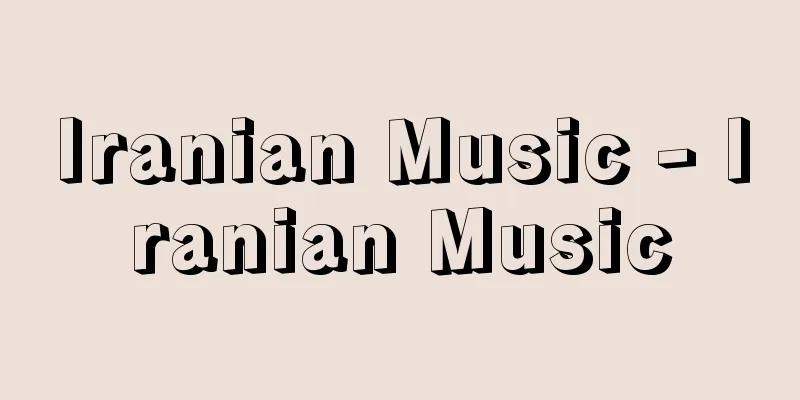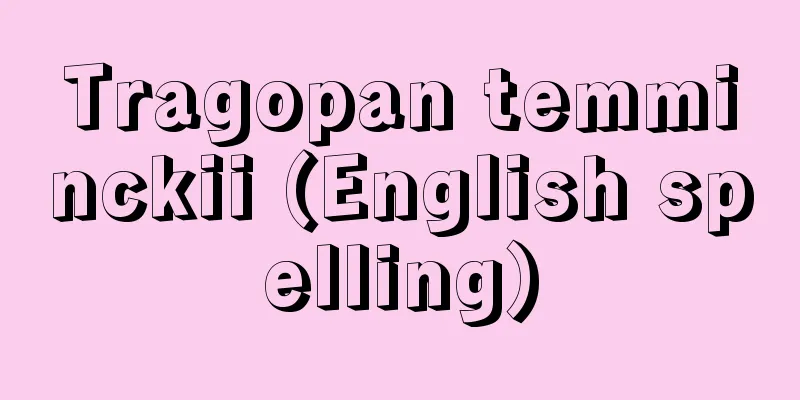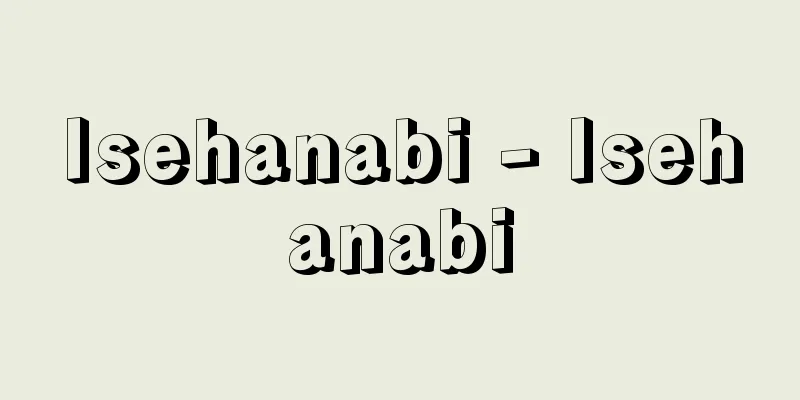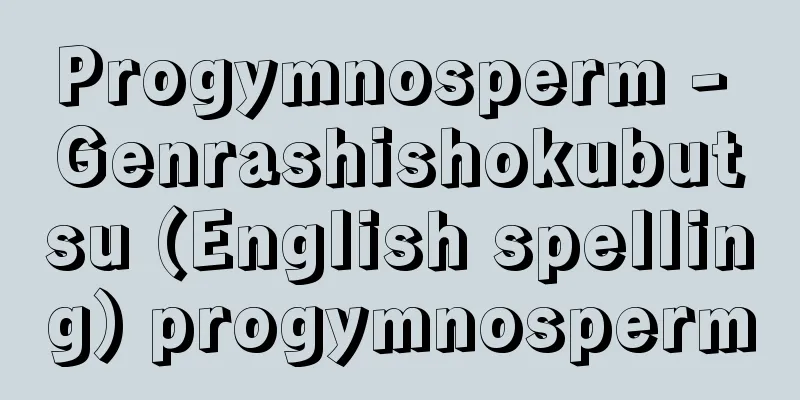Iranian Music - Iranian Music

|
In Iran, in addition to classical music that corresponds to Arabic and Turkish classical music and is closely related to Persian literature, there is also music of ethnic groups that speak different languages, such as Iranian Kurds and Baluchis, and Turkish Azerbaijanis and Turkmen. Greek historians Herodotus and Xenophon briefly mentioned the music of the Achaemenid Empire of ancient Persia, but we do not know much about it. During the Sassanid Empire, when various arts flourished, there are many records about music, including the preferential treatment of musicians in the courts of successive kings, the names of excellent musicians, the types of instruments used, and the names of many melodies composed by the master Baalbad. After Islamization in the 7th century and entering the territory of the Saracen Empire, Persian musicians became increasingly active in Baghdad and other places, and there was also exchange with Arabic music. Many of the scholars who wrote about music theory in Arabic, such as Farabi, Avicenna (Ibn Sina), and Safi al-Din, were also from Persia. Today's classical music is commonly called 'Ahbas, and is centered on songs with free rhythms that recite classical Persian poetry based on the melodic system of Dastgah, but 'Ahbas is also performed with instrumental music. It is sung to various ghusheh (melodic forms) of Dastgah, making use of the rhythm of the poetry of Rumi, Sa'adi, Hafez, and others based on the Arabic-Persian metrical system, and its beatless rhythm is unique to Iran. In addition, metered songs called tasnih are also popular. Instrumental music is originally intended to accompany songs, but in addition to embellishing the melodies of songs, it is sometimes improvised in the form of a technical chaharmezrab in the introduction and interlude. Other musical forms for instrumental ensembles include pishdar-ahmad (prelude) and lengh (dance). The string instruments mainly used in classical music are the tar, setar, santur, kamancheh, oud, and the Western violin, while the wind instruments are the ney (nay) and the Western clarinet. The tombak is responsible for rhythm. Folk instruments include the dotar (a plucked string instrument of the lute family), the geycak (bow), the soruna (surney), the dohol (big drum), and the daīre (tambourine). Source: Encyclopaedia Britannica Concise Encyclopedia About Encyclopaedia Britannica Concise Encyclopedia Information |
|
イランには,アラビアとトルコの古典音楽に対応し,ペルシア文学と密接な関係をもつ古典音楽のほかに,クルド,バルーチーなどイラン系の,またアゼルバイジャン,トルクメンなどトルコ系の,それぞれ異なった言語を話す民族の音楽がある。古代ペルシアのアケメネス朝の音楽については,ギリシアの史家ヘロドトスやクセノフォンがわずかに言及しているが,詳しくは知りえない。諸芸術が興隆したササン朝になると,音楽に関する記述がいろいろ残っており,歴代の王の宮廷で音楽家が優遇されたこと,すぐれた楽人の名前,使用された楽器の種類,名人バールバドの作曲したかずかずの旋律の名称などが知られている。7世紀にイスラム化され,サラセン帝国の版図に入ってからは,ペルシアの楽人はバグダードをはじめ各地でますます活躍し,アラビア音楽との交流も行われた。ファーラービー,アビセンナ (イブン・シーナー) ,サフィー・ウッディーンら,アラビア語で音楽理論の著述をした学者の多くもペルシア出身であった。今日の古典音楽は俗にアーバーズと呼ばれ,ダストガの旋律体系に基づいた,本来ペルシア語の古典詩を朗唱する自由なリズムの歌などを中心とするが,ほかに器楽でアーバーズを演奏することもある。ルーミー,サーディー,ハーフェズらのアラビア・ペルシアの韻律法に基づいた詩のリズムを生かしつつ,これをダストガの種々のグーシェ (旋律型) に乗せて歌うもので,その無拍のリズムはイラン独特のものである。またタスニーフと呼ばれる拍節のある歌曲も好んで歌われる。器楽は本来歌の伴奏のためのものであるが,歌の旋律をあしらうほか,序奏,間奏の部分に技巧的なチャハールメズラーブという形式を即興的に奏することがある。また器楽合奏の楽曲形式にピーシュダルアーマド (前奏曲) やレング (舞曲) などがある。古典音楽でおもに用いられる弦楽器には,タール,セタール,サントゥール,カマンチェ,ウード,西洋のバイオリンなどがあり,管楽器にはネイ (ナーイ) ,西洋のクラリネットがある。トンバクがリズムを受持つ。民俗楽器には,ドタール (リュート属の撥弦楽器) ,ゲイチャク (弓奏) ,ソルナー (スールネイ) ,ドホル (大太鼓) ,ダーイレ (タンブリン) などがある。
出典 ブリタニカ国際大百科事典 小項目事典ブリタニカ国際大百科事典 小項目事典について 情報 |
Recommend
Tāq‐i Bustan (English spelling)
Located in northwestern Iran, about 12 km northeas...
Two Travelers - Futari no Tabibito
The Grimm Brothers' Fairy Tales has this title...
Common people - Shomin
Ordinary people. Ordinary people without special s...
geographical latitude
…coordinates with the origin at the center of the...
Mirror Heat - Kagaminetsu
〘Noun〙 One of the endemic diseases. It starts with...
Calpuri - Calpuri
…The office of Aztec king or emperor, as the Span...
I Left My Heart In San Francisco
…In 1951, he signed with Columbia Records, and th...
Shiraoi [town] - Shiraoi
Shiraoi town in Shiraoi district, Hokkaido, locate...
spontaneous pneumothorax
...Pneumothorax occurs secondary to these underly...
Oonamu-no-Mikoto - Oonamu-no-Mikoto
...The meaning of Koga Saburo's underground j...
Kyushu dialect - Kyūshū ho-gen
A dialect used in the Kyushu region, specifically ...
Strobilanthes japonica (English spelling) Strobilanthesjaponica
…[Hiroshi Terao]. … *Some of the terminology that...
Amoco-Cazis Incident
...As a public institution, the Japan Coast Guard...
Korea
...from the Greek word korai, meaning "young...
Alcoholic psychosis
...This is based on the WHO Expert Committee'...









